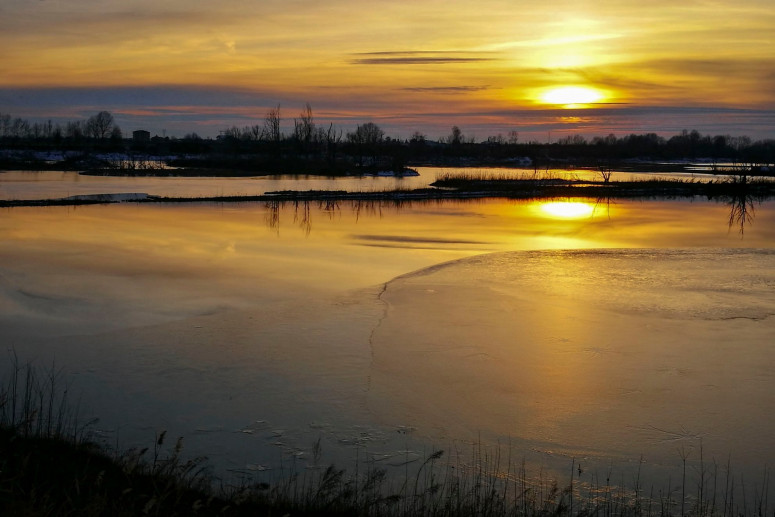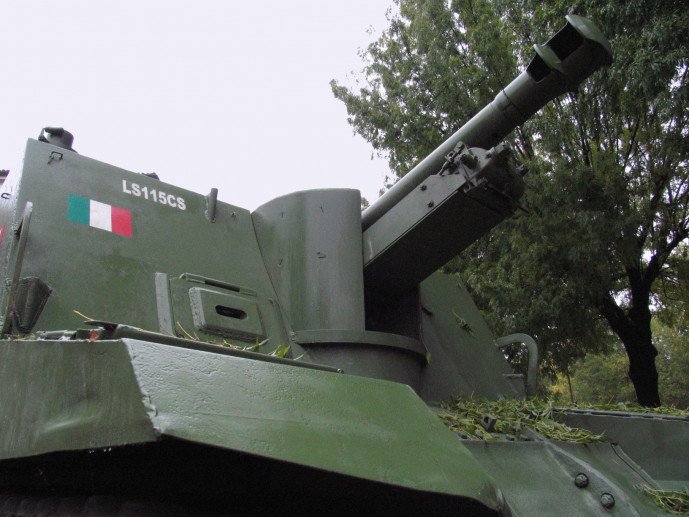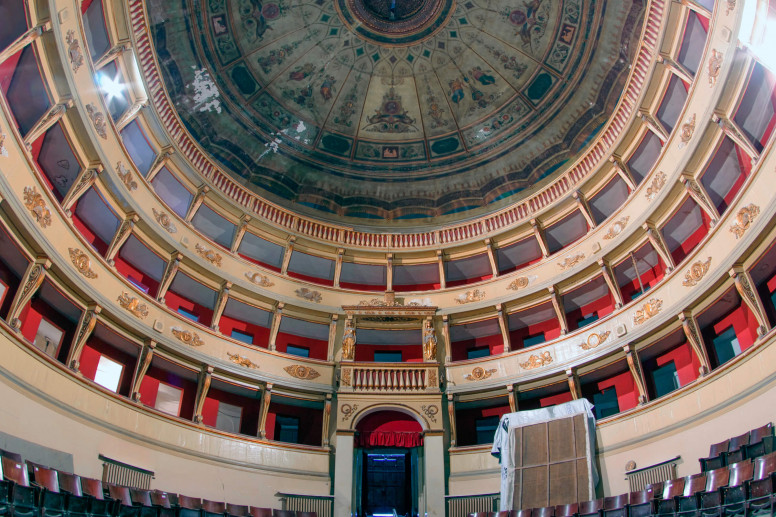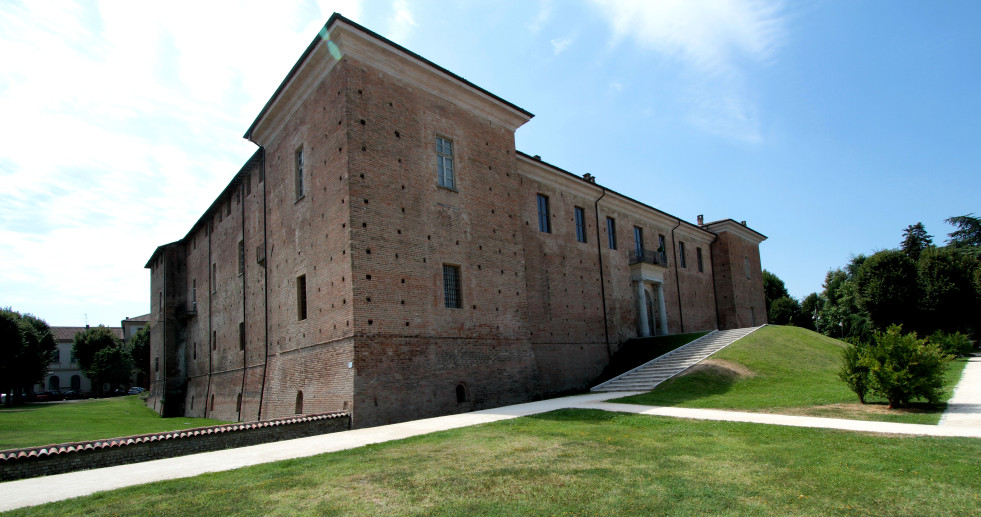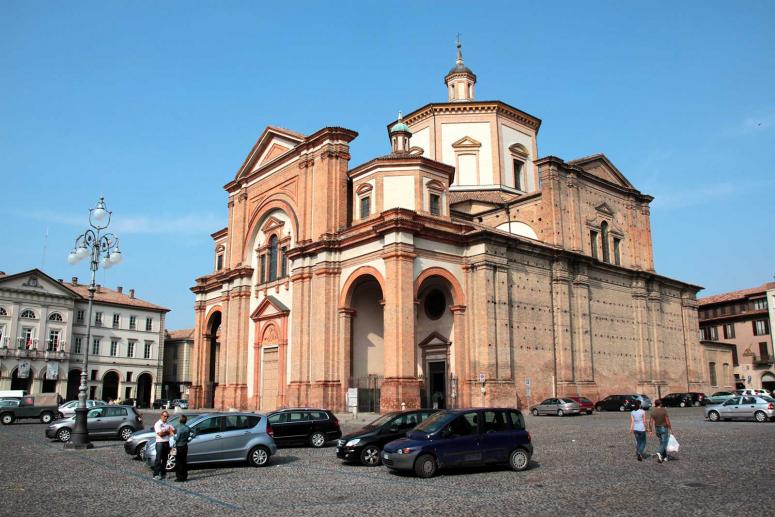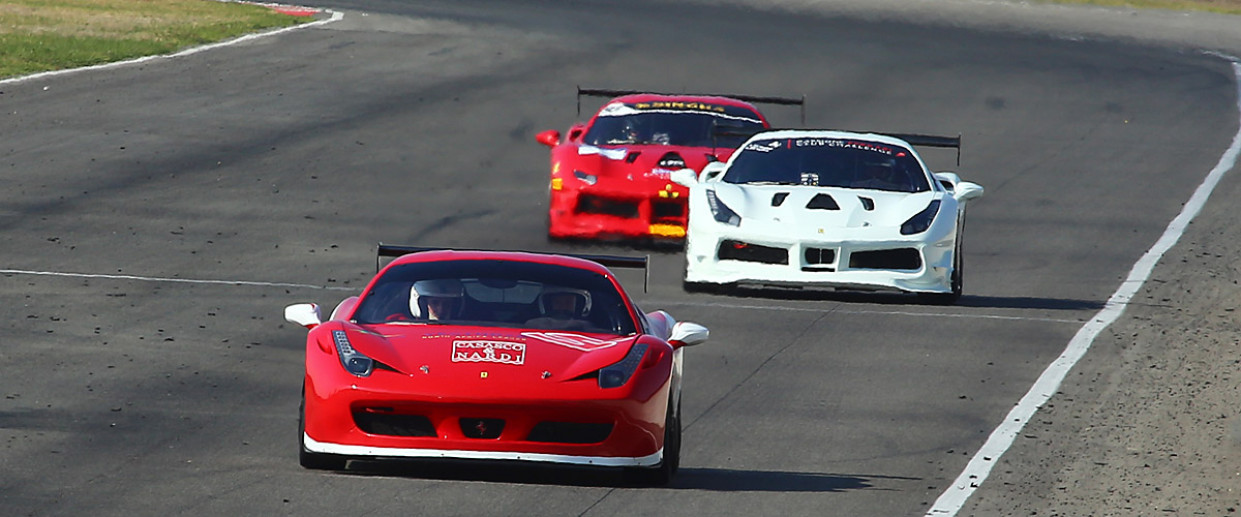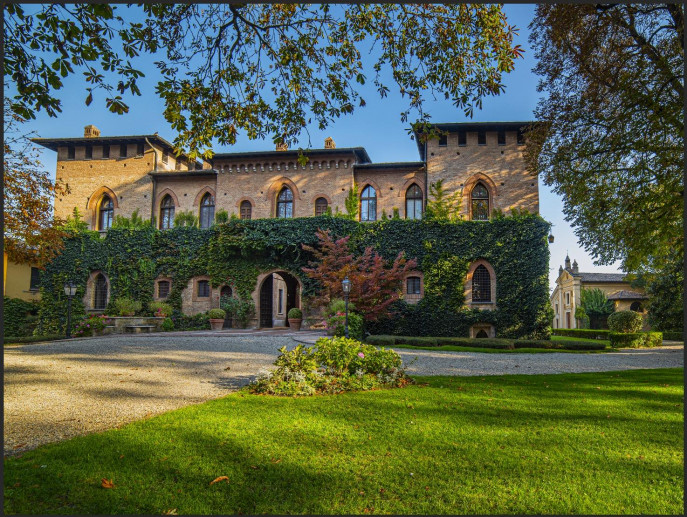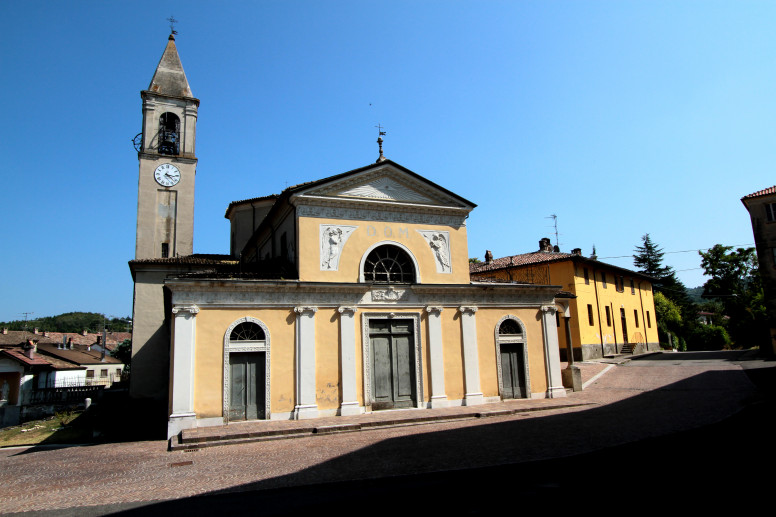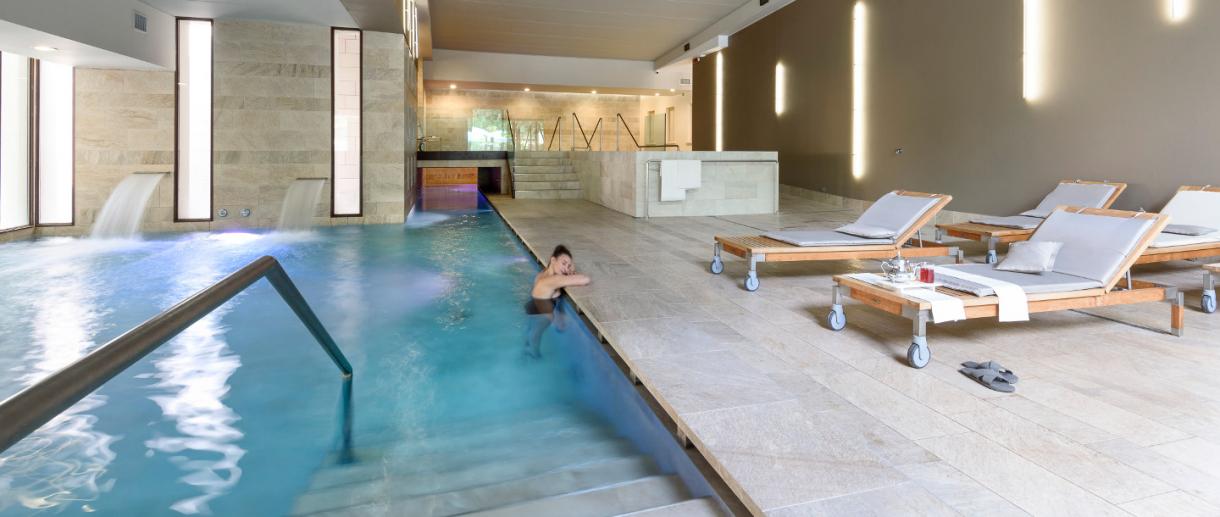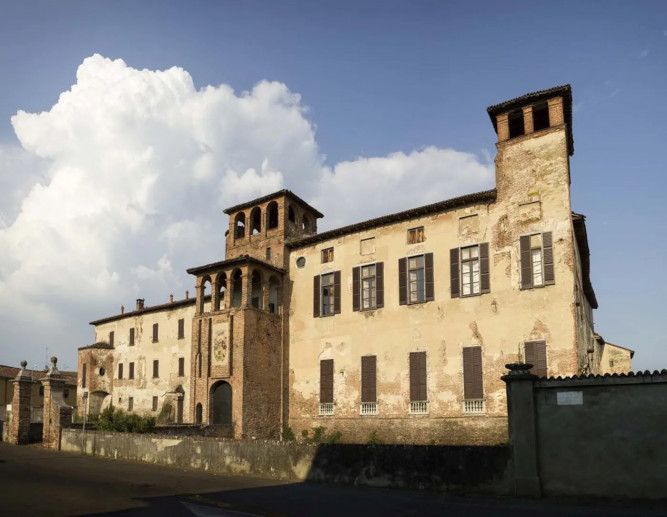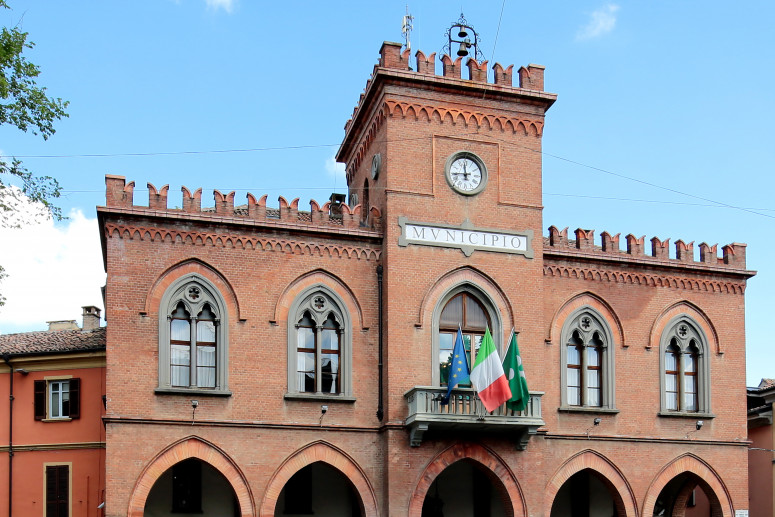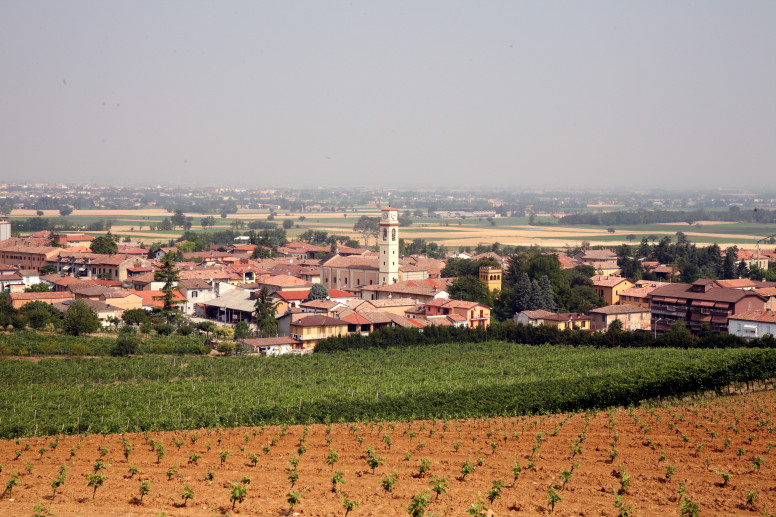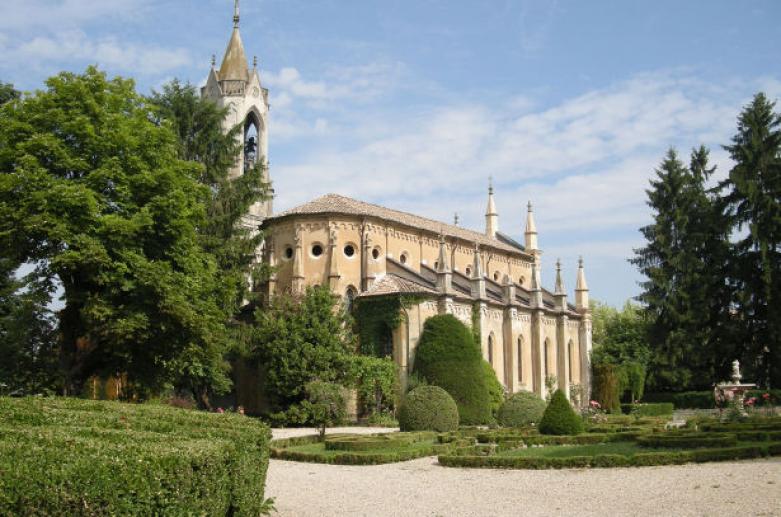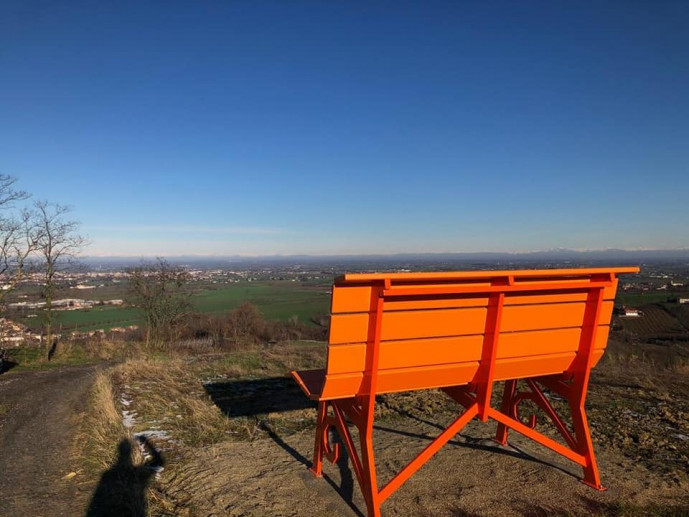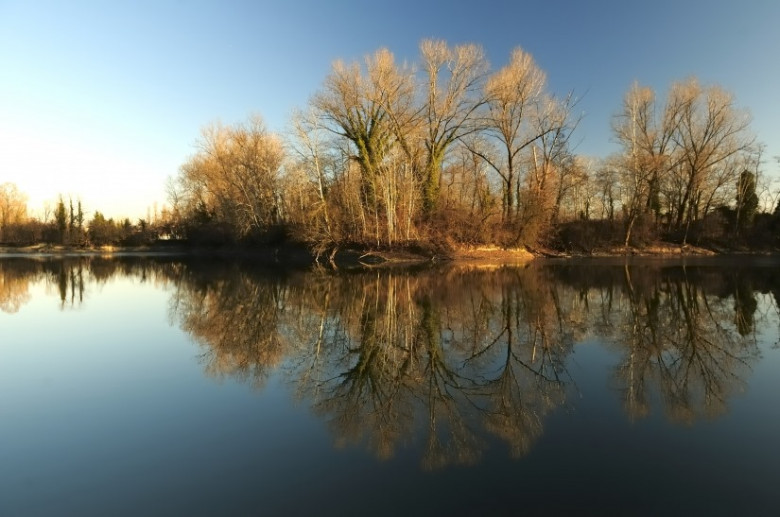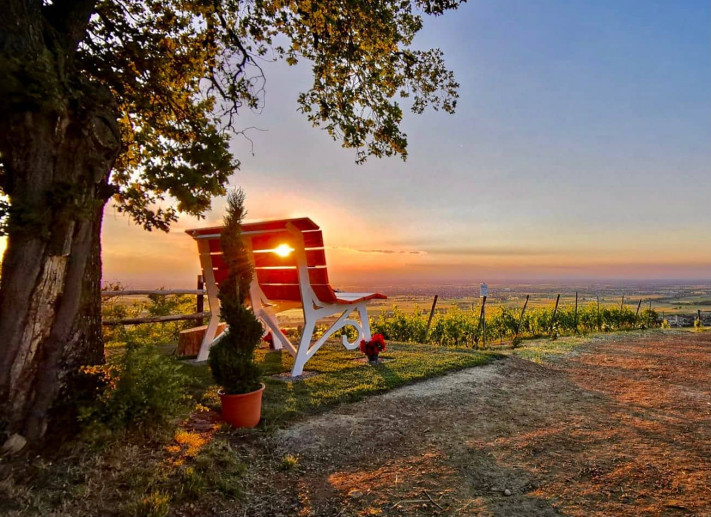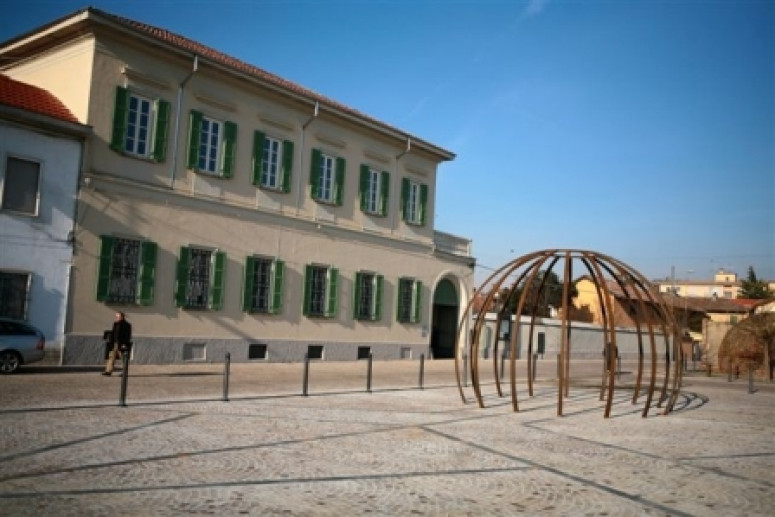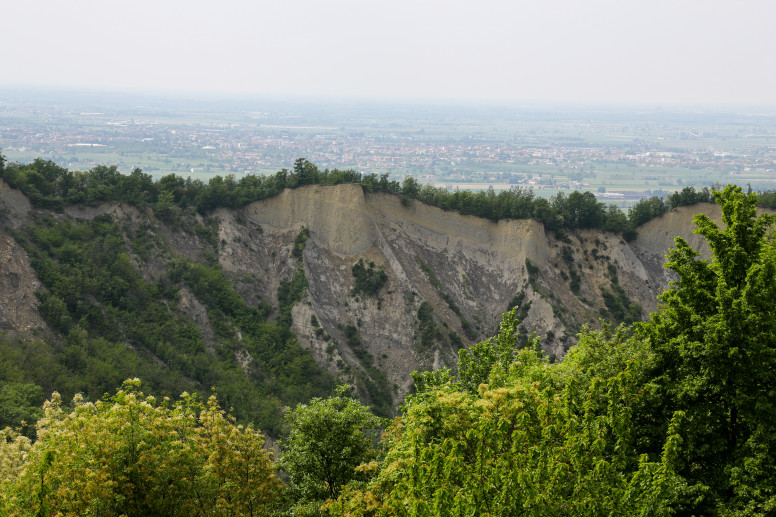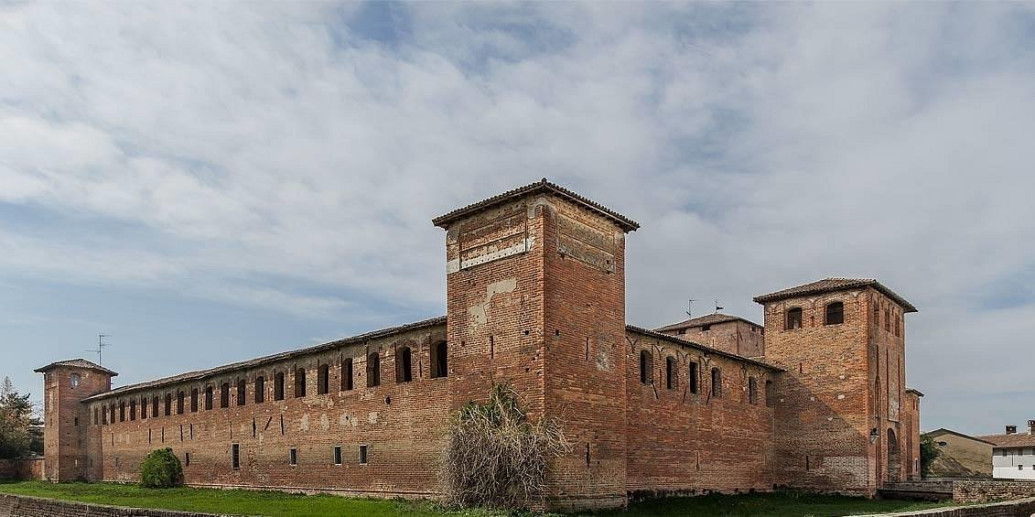- Villages
- Art & Culture
Casei Gerola
The municipality of Casei Gerola is located in the plains of the Oltrepò Pavese, on the border with the province of Alessandria, along the Curone stream, a few kilometers from its confluence with the Po River.
In the surrounding area, the Parco Le Folaghe offers an ideal natural environment for hiking and outdoor activities.
MONUMENTS AND PLACES OF INTEREST
- Insigne Collegiata San Giovanni Battista
- Church of San Sebastiano
- Sanctuary of Madonna delle Grazie di Sant'Agostino
- Church of San Guglielmo
- Castle
- Palazzotto del Carmagnola
INSIGNE COLLEGIATA SAN GIOVANNI BATTISTA: A MASTERPIECE OF ARCHITECTURE AND GOTIC ART
The Insigne Collegiata San Giovanni Battista, one of the main examples of Gothic Lombard architecture in the region, was built between the 14th and 15th centuries and, in 1573, received the title of Insigne Collegiata.
The facade, simple and imposing, features a gabled structure in brick, enhanced by two lateral buttresses. The 15th-century terracotta portal adds an elegant touch to the entrance. However, it is inside the church where its true beauty is revealed, with a series of highly valuable frescoes adorning its walls.
A particularly important element is the Cappella Bottigella, built in 1450 at the will of the Bottigella family and decorated between 1462 and 1468. This sacred space, the heart of the church, houses a cycle of frescoes attributed to the Master of Casei, an anonymous artist who captured sacred scenes such as the Annunciation, the Deposition, the Coronation of the Virgin, the Eternal Father, and saints Mark and Luke.
Above the polychrome terracotta altar, which unfortunately retains only part of the original structure, there is a fine terracotta anchor, probably made by craftsmen from the Certosa di Pavia. Among the most valuable works is the polychrome terracotta altarpiece, which depicts the commissioner Giovanni Matteo Bottigella, adding immense historical and artistic value to the chapel.
Another Renaissance treasure is the Triptych of San Martino, located above the door leading to the Bottigella Chapel. Traditionally attributed to Cesare da Sesto, the triptych represents one of the most significant Renaissance masterpieces of the Oltrepò Pavese, with three paintings that capture attention for their perfection and beauty.
Finally, in the right nave, there is a large fresco of the Battle of Lepanto, dated to the end of the 16th century, which completes the artistic journey of this extraordinary place of worship, making the Insigne Collegiata San Giovanni Battista a true treasure chest of artistic and historical gems.
